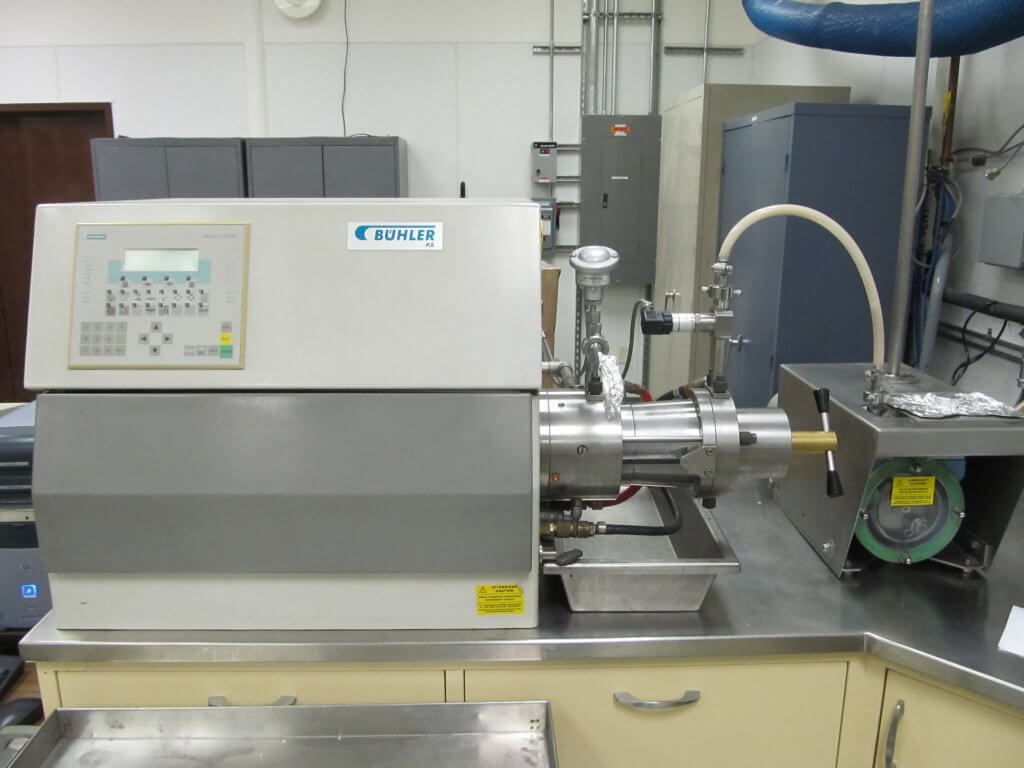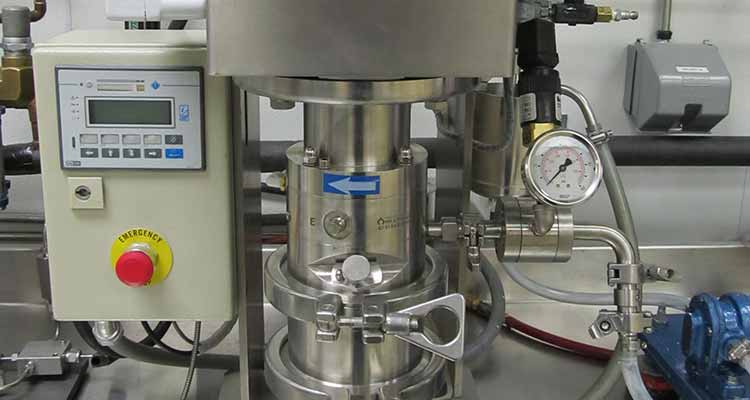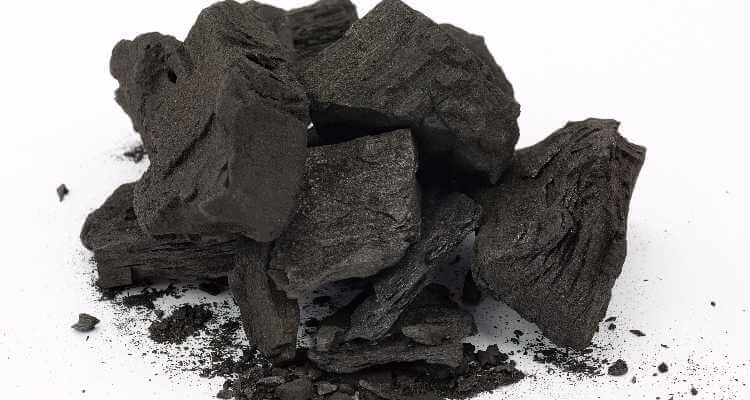Whether your area of expertise is in printing, electronics, cosmetics, or agrochemistry, there is likely a need for micro-fine particle dispersions in any new product development.
AVEKA has been processing particle dispersions and specialty coatings for many years now. Our skilled and experienced team can help you identify the most efficient dispersion processes, parameters, and equipment possible to reach your desired outcome. That’s why our customers return to us time and time again.
In addition, our customers appreciate the opportunity to optimize their formulations using our equipment, which ranges from lab-scale to production-sized. By taking advantage of our Characterization Lab and vast industry expertise, our customers can achieve a faster product turnaround than they would have ever thought possible.
This is one such example.
One customer’s unique challenge
One of our long-term customers recently approached us, requesting our help with formulating, developing, and processing a new line of high-value coatings. They had experience processing solvent-based coatings, but their new line of water-based coatings required the dispersion of pigments and dyes with the help of a bead mill.
Finding the ideal formula
After an initial safety review, AVEKA Engineers began by evaluating the raw materials and creating small, 25g sample dispersions on a specialty R&D device that can simulate a bead mill. This was an ideal first step to take because their materials were particularly high value, which would have made traditional testing a costly endeavor.
Several solid concentrations and a variety of dyes and pigments were evaluated until we were able to pinpoint the ideal formulation for each dispersion. With our formulations locked in, a 4kg batch of each product was prepared by adding the following components with the help of a high-shear mixer:
1. Water (as the main liquid base)
2. Additives (such as surfactants to facilitate the solid addition and/or dispersants to improve the separation of the particles and avoid any re-agglomeration)
3. Dry pigments or dyes (as the coloring component)
Once the ingredients were homogeneously mixed, the product was ready for bead milling.
What is a bead mill?
A bead mill is a machine that can effectively mill solid particles that are dispersed in a liquid through the impact of small grinding media (typically high-quality ceramic, glass, or metal beads) inside the mill chamber.
The pre-mixed dispersion is first pumped through the bead mill—either in discrete passes or by recirculation through the mill—where high-energy interaction with the grinding beads breaks up solids and disperses them into the liquid.
A small gap or screen at the end of the mill’s processing zone retains the grinding media but allows the product to exit. Depending on the desired particle size, several passes through the mill may be necessary. One of the benefits of the bead-mill is that it can create dispersions with sub-micron or even nano-meter sized particles.

The bead milling process (and an additional problem to be solved)
As the bead milling began, we noticed that one of the raw materials contained particle sizes that were too large for the optimal running conditions. Fortunately, we had a solution. By using our in-house jet mills we were able to reduce the problematic dry raw material to a finer size.
Once the customer approved the formulation and the product specs (solids content, final particle size, etc.) we began to ramp up to full-scale production
Create particle dispersions that last with AVEKA
Our in-house Characterization Lab has the analytical capabilities to measure and verify key dispersion properties such as particle size, solids content, color strength, opacity, stability, and rheology. Once your optimum methods and formulations are determined, we have the scale-up and production capacity you need to meet a variety of manufacturing requirements.
Contact us today to discuss your unique product needs.

